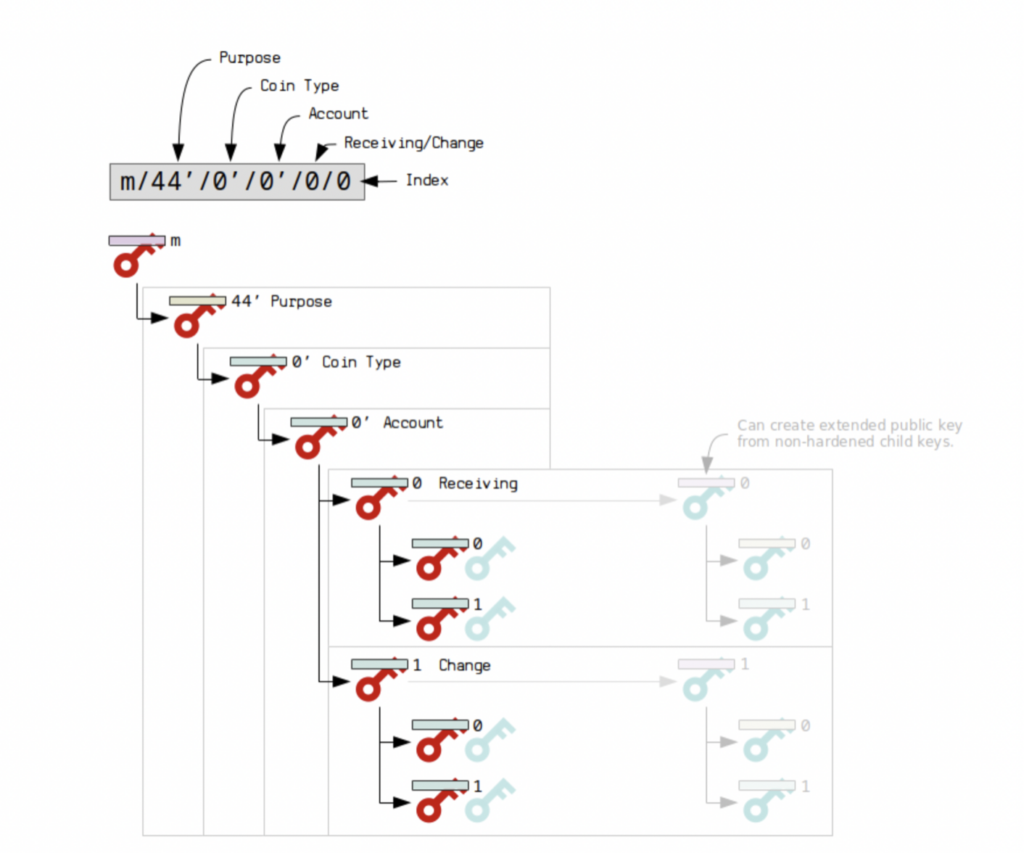Disclaimer: Currently both 118 & 750 coin-type addresses are supported by the Persistence Core-1 chain and will work as normal. Coin-type migration deadline from 750 to 118 has been extended by 6 months from 31st Dec, 2024 (earlier) to 30th June, 2025 (new). Refer to the announcement here.
Much like the broader Cosmos ecosystem, the Persistence ecosystem is expanding rapidly, and with the expansion comes issues around interoperability, user experience, and adoption that need to be resolved.
One of the crucial points of discussion in the pursuit of network growth is the coin-type. Currently, Persistence follows the coin-type 750 while other major chains in the Cosmos ecosystem follow the same coin type as Cosmos Hub, i.e., 118.
This blog will cover BIP44 coin types, why they matter in the interchain universe, how they affect interchain UX, and why it would make sense to migrate to the 118 for Persistence Core-1 chain.
What is a coin-type?
Before we jump into the intricacies of coin-type migration from 750 to 118 and its benefits, it is essential to lay down the foundation.
Derivation Path: Crypto wallets are derived deterministically, and the derivation path is a piece of data that tells a Hierarchical Deterministic (HD) wallet how to derive a specific key within a tree of keys.
In the words of the Chainapsis team, determinism means that as long as all the variables are the same, the same mnemonic will always generate the same address.
The derivation paths came into existence from the standards proposed by the Bitcoin community with HD wallets as a part of BIP 32.
Over time the Bitcoin standard evolved, and most blockchains followed the BIP44 standard, which defines a ‘coin-type’ as one of the variables. Both Persistence and Cosmos follow the BIP44 standard for address derivation.
Satoshi Lab’s SLIP-44 registry is the industry standard for assigning coin types. The registry shows Persistence and Cosmos coin-types as 750 and 118, respectively.

Why did we choose 750 coin-type for Persistence?
When Persistence Core-1 chain launched, in March 2021, the interchain ecosystem was still in a very nascent stage. There were not enough data points to determine whether it would be ideal to choose the same coin-type as Cosmos i.e. 118. Hence, following the sovereign application-specific chain model, we adopted 750 coin-type.
We saw the following advantages with an independent coin-type:
– To prevent a [‘replay attack](https://academy.binance.com/en/articles/what-is-a-replay-attack),’ where a signed transaction submitted on one chain is submitted to another blockchain that treats it as a valid transaction.
– Preventing privacy issues where knowing someone’s Bitcoin address allows you to also know their Litecoin address.
– To have flexibility to operate in a different ecosystem (if needed) without a social bias.
What changed with adoption of IBC?
After the introduction of IBC, the Cosmos ecosystem exploded, and we saw thousands of transactions executing across multiple IBC channels. IBC presented a whole new dimension of technological possibilities, but one aspect was vastly missed – user experience.
Josh Lee, Co-founder of Osmosis and Keplr Wallet, talked about IBC UX in detail here.
For example, in the context of Persistence, the Persistence app users on Ledger aren’t able to seamlessly integrate with the Keplr wallet – the most popular Cosmos ecosystem wallet. Thus, as Keplr only supports the Cosmos Ledger app, addresses imported via Ledger are always derived using the Cosmos Hub’s 118.
More interchain protocols, wallets, tools, and most importantly, more users result in constant efforts, by both the Persistence team and other parties, to adapt with 750 coin-type. This therefore results in a bad user experience and opportunity cost.
The IBC ecosystem already has 45+ app-chains, which is growing daily. To stay competitive from the user perspective – IBC UX will play an important role.

Applying standardization will always be complex when considering the sovereignty of Cosmos — it’s a balancing act between providing the best UX and being as interoperable as possible. Like any standard, everything has its pros and cons, and Cosmos guarantees sovereignty means each chain gets to choose how they want to go about their coin types depending on their preference. – Keplr Wallet Team
At Persistence, we have been at the forefront of developments in the Cosmos ecosystem – from Game of Stakes to Game of Zones, Interchain Standards to IBC developments, and Stakedrop to Liquid Staking. While innovation sits at the core of Persistence, it is essential to align with the broader cosmos ecosystem for the most optimal growth.
Most Cosmos-based chains have adopted or are migrating to 118 coin-type, which ensures the best interchain user experience. Some of the examples are Osmosis, Juno, Stargaze, and Akash.
Thus, based on the discussions with wallet teams such as Keplr, developers, and users, we propose migrating to 118 coin-type. Please share your feedback and suggestion for the proposal on our forum post.
What are the next steps?
Work closely with the wallet team to facilitate the transition:
a. The Persistence team will work with wallets teams, such as
Keplr, Cosmostation, Coin98, and Citadel, to ensure that the new users are onboarded only to 118 coin-type for the Persistence Core-1 chain.
b. Provide an interface for the existing users to interact with applications/chains using the 750 coin-type (till users migrate to 118 coin-type).
c. Education related to coin-type and migration to 118.
The goal of coin-type migration is to facilitate the best user experience for the Persistence ecosystem community members. As the project matures, we strive to deliver user-centric products, and it requires constantly evolving.
We will be able to achieve our goals only with the constant feedback, support, and efforts of our community, validators, and partner projects. Every step towards a better user experience pushes us closer to becoming the liquid staking hub for the PoS ecosystem.
Further Reading and References:
- Derivation Path: https://learnmeabitcoin.com/technical/derivation-paths
- BIP44 Standard: https://github.com/bitcoin/bips/blob/master/bip-0044.mediawiki
- Coin-type 118: https://medium.com/chainapsis/keplr-explained-coin-type-118-9781d26b2c4e
- IBC Dashboard: https://mapofzones.com
P.S. Thank you to the Chainapsis team for conducting the initial research on the Coin-type 118 that helped structure this blog and crucial information snippets.
About Persistence
Persistence is a Tendermint-based, specialised Layer-1 network powering an ecosystem of DeFi applications focused on unlocking the liquidity of staked assets.
The Persistence chain facilitates the issuance and deployment of liquid-staked stkASSETs, allowing users to earn staking rewards while participating in DeFi primitives, such as lending/borrowing and liquidity provisioning on DEXs.
Persistence aims to offer a seamless staking and DeFi experience for PoS (Proof-of-Stake) users and enable developers to build innovative applications around stkASSETs.
Join Our Movement
Twitter | LinkedIn | Telegram | YouTube | Reddit | [email protected]





